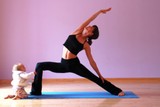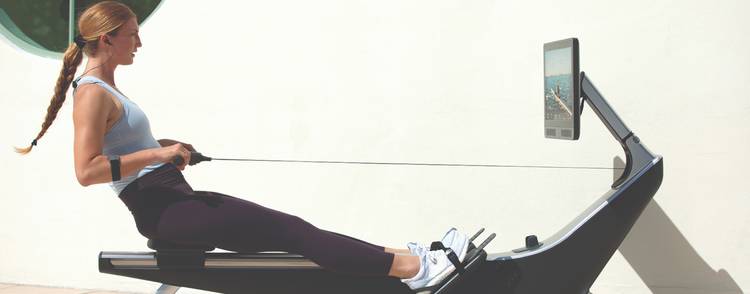 Having recently decided to give Yoga a try (after all I couldn’t continue to call myself a true Vancouverite if I didn’t), I thought I’d start as I normally do, with a little research. First I learned that there are many different kinds of yoga and that you should try a few of them to see which one best suits you. In addition to that, the instructors usually have their own pace, flow and breath structure so you should also look for your yoga instructor soul mate who flows and breaths in time with you.
Having recently decided to give Yoga a try (after all I couldn’t continue to call myself a true Vancouverite if I didn’t), I thought I’d start as I normally do, with a little research. First I learned that there are many different kinds of yoga and that you should try a few of them to see which one best suits you. In addition to that, the instructors usually have their own pace, flow and breath structure so you should also look for your yoga instructor soul mate who flows and breaths in time with you.
Yoga originated in ancient India and is the practice of bringing the mental, spiritual and physical states together to achieve inner peace.2 Because of its spiritual links, Yoga is an important part of many ancient religious practices found in Budhism and Hinduism. Although many people think of yoga as the practice of doing poses, its true form is much more than that. It involves, meditation, breath control and body awareness. Breathing is such an integral part in fact that there are a few basic yoga concepts that focus entirely on breath. The main practice of controlled breathing is called pranayama. They say that to achieve enlightenment or samadhi (which is the final component or limb of Ashtanga yoga), you must learn to breath like a yogi.3 The breath allows you to connect the outer to the inner and bring movement and meditation together. In other words if asana is the physical practice of movement and poses then “pranayama is [the] meditation on the breath and subtle energy currents within us.4” The preferred breathing method for pranayama is through the nose, although deep exhalation through the mouth also has a time and a place. The reason breathing through the nose is preferred is because it is more effective in creating energy channels. When you breathe through your nose you are helping to stimulate the third eye or the area for inner wisdom.5 It also helps to balance you and quiet the mind. While many of us picture meditating as something done from a seated position, there are many practices that use movement to achieve a state of meditation.
Another important component of yoga are the Vinyasas. Just as the moon effects the rise and fall of the tides, the vinyasas can be considered the specific flowing sequence of the asanas (movements) coordinated with ones breath.6 Ideally they should be interconnected so that one helps you flow into the other. This connection between body, mind, breath and soul is something that should be applied not only in yoga and your every day life but to all workout regimens you may follow. When working with weights for example, you should inhale on the lifting/pulling or pushing part of the movement and exhale on the release. Running (and to a lesser extent, other forms of cardio) also rely heavily on breath. For example breathe so that your belly rises as you inhale when running. This ensures that your lungs are inflating fully with oxygen, so you’ll be able to go longer. Practice by lying on your back and placing a book on your stomach. The book should rise when you breathe in. Slower, deeper breaths will help you and make you feel better than quick, shallow breaths. This also applies to things like abdominal crunches. When doing crunches you should exhale forcefully at the top of the movement. It forces your abs to work harder and allows for a fuller range of motion, every centimeter counts!
Some of the common yoga types are:1
Hatha: Originally created to prep the body for meditation, this is a good type of yoga for beginners or those who want to focus on the poses. It focuses on your breath and usually ends with a short meditation/relaxation period. It helps you de-stress, ground yourself and of course stretches your body and works on your core.
Bikram: This form of yoga is done in a hot and humid room, usually around 105 degrees (40 degrees for us Canadians) with 40 percent humidity. It focuses on the 26 basic yoga postures and the heat is good for both weight loss and loosening out the body. It was named after it’s inventor Bikram Choudhury.
Ashtanga: Consisting of 6 strenuous and sequential yoga poses, Ashtanga was originally created to focus the minds and energy of schoolboys. That’s right this is the original cure for ADD. To flow effectively through the poses, this type of yoga is better for people more familiar with the poses.
Sometimes in our busy lives we just need a moment to feel our feet on the floor, stretch our bodies and connect with our third eye. So next time you are feeling a little out of sorts or need some inspiration grab a yoga mat, take off your shoes and find your warrior pose!

Sources:
1 – http://www.womenshealthmag.com/yoga/types-of-yoga
2- http://en.wikipedia.org/wiki/Yoga
3- http://www.yogajournal.com/wisdom/461/
4-http://www.yogajournal.com/practice/673
5-http://www.yogajournal.com/practice/561
6-http://www.yogajournal.com/practice/2870


